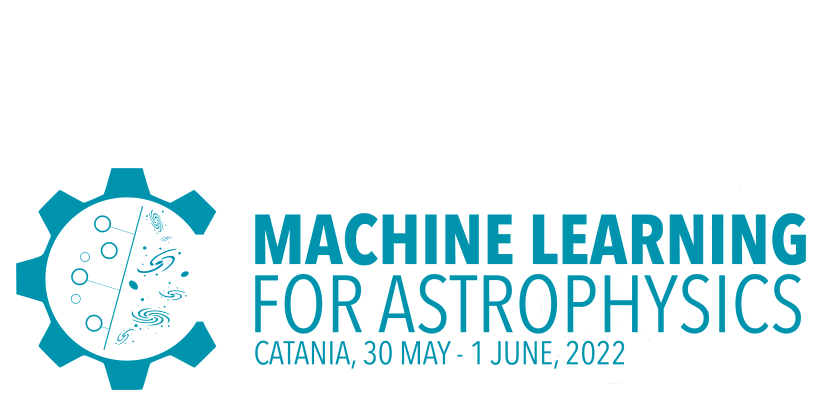Speaker
Description
In this work we use a convolutional neural network (CNN) to confidently retrieve the mean density and surface gravity of stars from 1.5 to 3 times more massive than the Sun. These physical quantities are key to better understand the structure of these stars as well as the physical processes occurring during their evolution.
Most of A-F stars exhibit variations in their luminosity with time due to stellar pulsations, that is pressure and gravity waves propagating in their interior. As seismology does for the Earth, asteroseismology is nowadays the most powerful tool to probe the interiors of stars, allowing us to test theories on stellar structure and evolution. However, this technique relies on the identification of hundreds of oscillation modes, a very challenging and uncertain task in A-F stars, mainly because of model degeneracy. In the last years, patterns found in the oscillation spectra of these stars have been used to constrain their asteroseismic modelling.
Relying on asteroseismic models we deployed and trained a CNN to detect patterns in the oscillation frequencies and infer their regular separation. The mean density and surface gravity estimates we obtained accurately matched our set of benchmark observations. This method will allow us to analyse massively thousands of A-F stars observed by past, present and future space missions such as CoRoT, Kepler/K2, TESS, and the upcoming PLATO mission (ESA, launch foreseen in 2026).

